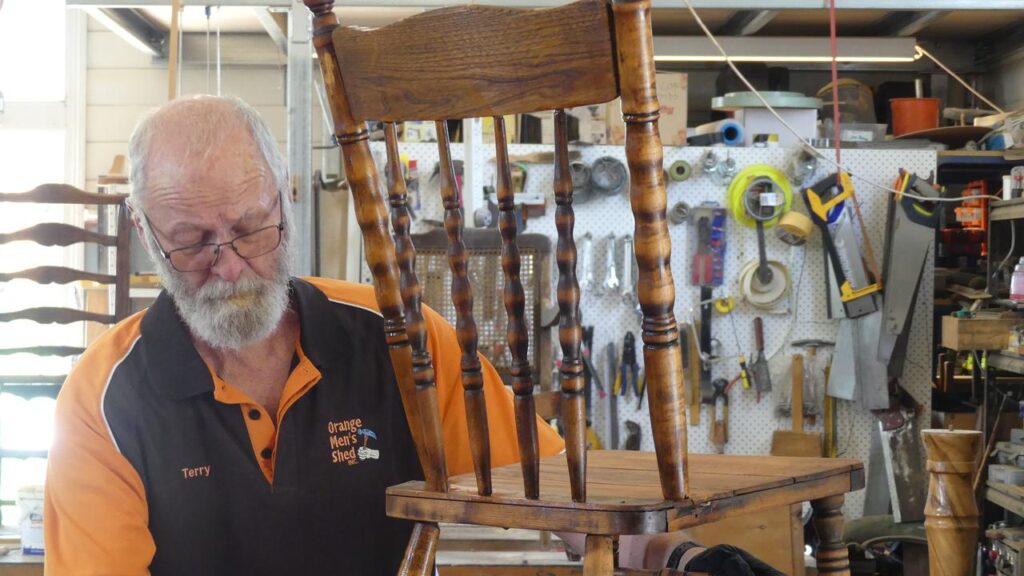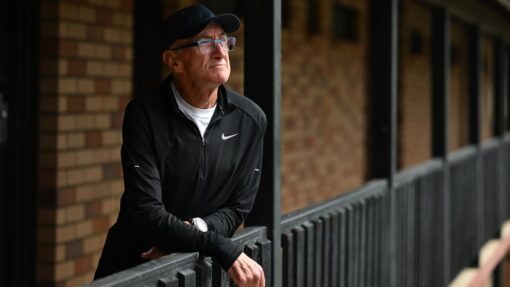Talking and tinkering townsfolk make for more wellbeing
Stephanie Gardiner |

Inside a historic arts school beside a bustling rural highway, men chatter as they put fresh coats of varnish on chairs, patch-up old toys and measure timber to restore a faded glory box.
The simple act of tinkering and talking in the Men’s Shed at Lucknow, a village near Orange in central western NSW, is community connection in action.
“In a larger community, you might slip into the background,” retired police officer Terry Betts told AAP.
“But if you’re involved in something in a regional community, there’s not so much background noise that you get lost.
“Here, you’re acknowledged and seen.”

People living in country Australia report higher levels of personal wellbeing, measured through domains like community connectedness and relationships, according to a national survey.
The annual Wellbeing Index Report surveyed more than 10,000 Australians in June to gauge both personal and national wellbeing, drilling down to federal electorates.
Rural electorates ranked slightly higher than metropolitan areas on personal wellbeing, generally reporting higher satisfaction with connectedness, relationships, safety and living standards.
Lead researcher Kate Lycett said higher levels of personal wellbeing in the regions could be partly due to the size of country areas.
“There is that connection, cohesion and the social fabric that is interwoven in smaller areas,” said Dr Lycett, a senior researcher at Deakin University.
But regional and rural electorates fell behind on satisfaction with health care, one of the key indicators of personal wellbeing.
Separate research shows a worsening multibillion-dollar annual shortfall on health spending outside the cities, where up to 20,000 people live more than an hour from primary care

Questions on national wellbeing – which measured satisfaction across the economy, the environment, social conditions, government, business and security – revealed lower results in the regions compared to metro areas.
Dissatisfaction with the state of the environment in rural areas was particularly stark, likely due to climate-related disasters, Dr Lycett said.
“Many of the regions are more likely to see bushfires and floods,” she said.
“That doesn’t just impact their satisfaction of the natural environment, it impacts their businesses, their farms, their livelihoods.”
Nationally, the average overall life satisfaction score was 68.8 per cent, slightly higher than previous years according to the index, completed in partnership with insurer Australian Unity.

Electorates ranked in the highest 10 per cent across personal and national wellbeing included Canberra, Sydney’s Berowra, Bradfield and Mitchell, Melbourne’s Goldstein and Perth’s Curtin and Tangney.
There were only three electorates in the lowest 10 per cent: Blair and Forde in regional Queensland, and Spence in Adelaide.
The results could be used to direct funding to communities that need them, Dr Lycett said.
“We often talk about economic metrics such as employment or GDP, but that doesn’t really get at the heart of what makes a good life, which is how people feel,” she said.
AAP


